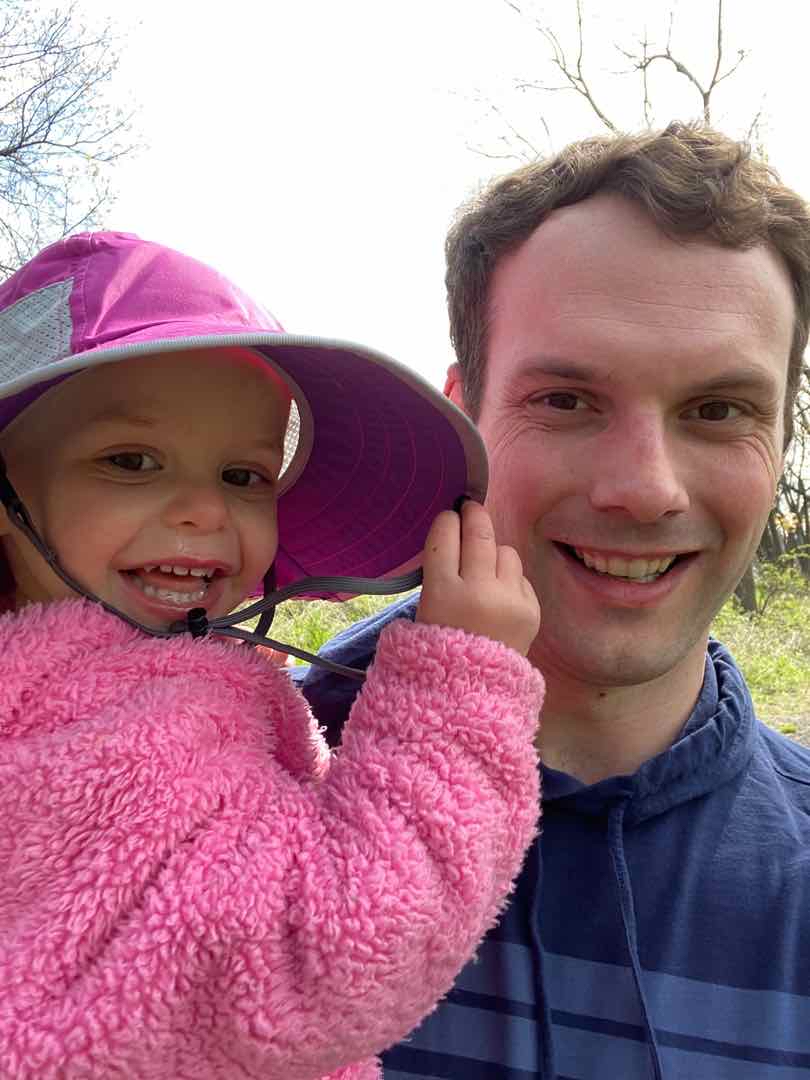
Noise survey resources
Hi everyone. I'm doing a noise survey for one of our wastewater buildings and plan on walking around each part of the building with a noise meter, marking down the spots on the floor plan where it exceeds 85dbs.
Is it that simple, or is there more to it? This is the first time I've ever tried a survey on my own, so just looking for a sanity check. Also, any resources to OSHA guidance would be GREAT!
Comments (11)

Hi David. If your trying to decide if hearing protection is required you would need to have a TWA (Time Waited Average). As per OSHA https://www.osha.gov/Publications/osha3074.pdf ( The hearing conservation program requires
employers to monitor noise exposure levels in a way that
accurately identifies employees exposed to noise at or
above 85 decibels (dB) averaged over 8 working hours,
or an 8-hour time-weighted average (TWA). Employers
must monitor all employees whose noise exposure is
equivalent to or greater than a noise exposure received
in 8 hours where the noise level is constantly 85 dB.
The exposure measurement must include all continuous,
intermittent, and impulsive noise within an 80 dB to 130 dB
range and must be taken during a typical work situation.
This requirement is performance-oriented because it allows
employers to choose the monitoring method that best suits
each individual situation.)
Let me know if you need any help. I bought dosimeters and went through it all earlier this year.

I apologize for not taking the time to read the OSHA reference, but I would just follow the approach that David was following (monitor instantaneous highs and designate on that basis). This is more conservative and based on the feedback my tinnitus gives me I think it’s wisest. I also like a poster board that was on display at my former employer showing various power tools and equipment along with typical decibel levels and necessary hearing protection.


Not sure about your workplace and internal IH procedures but we run off of ACGIH when it is more protective than OSHA. When doing your survey, I suggest running multiple channels so you can compare recommendation (ACGIH) vs. regulation (OSHA). ACGIH uses threshold of 80 dBA, criterion of 85 dBA and exchange rate of 3 dBA compared to OSHA's 85 dBA criterion for hearing conservation and 5 dBA exchange rate.
If you are doing area surveys for specific equipment, which it sounds like you are, I also recommend octave band analysis so you can target your engineering controls to the frequency(ies) of interest.


I place a personal monitor on the employee for 8 hours to get a solid true number.
